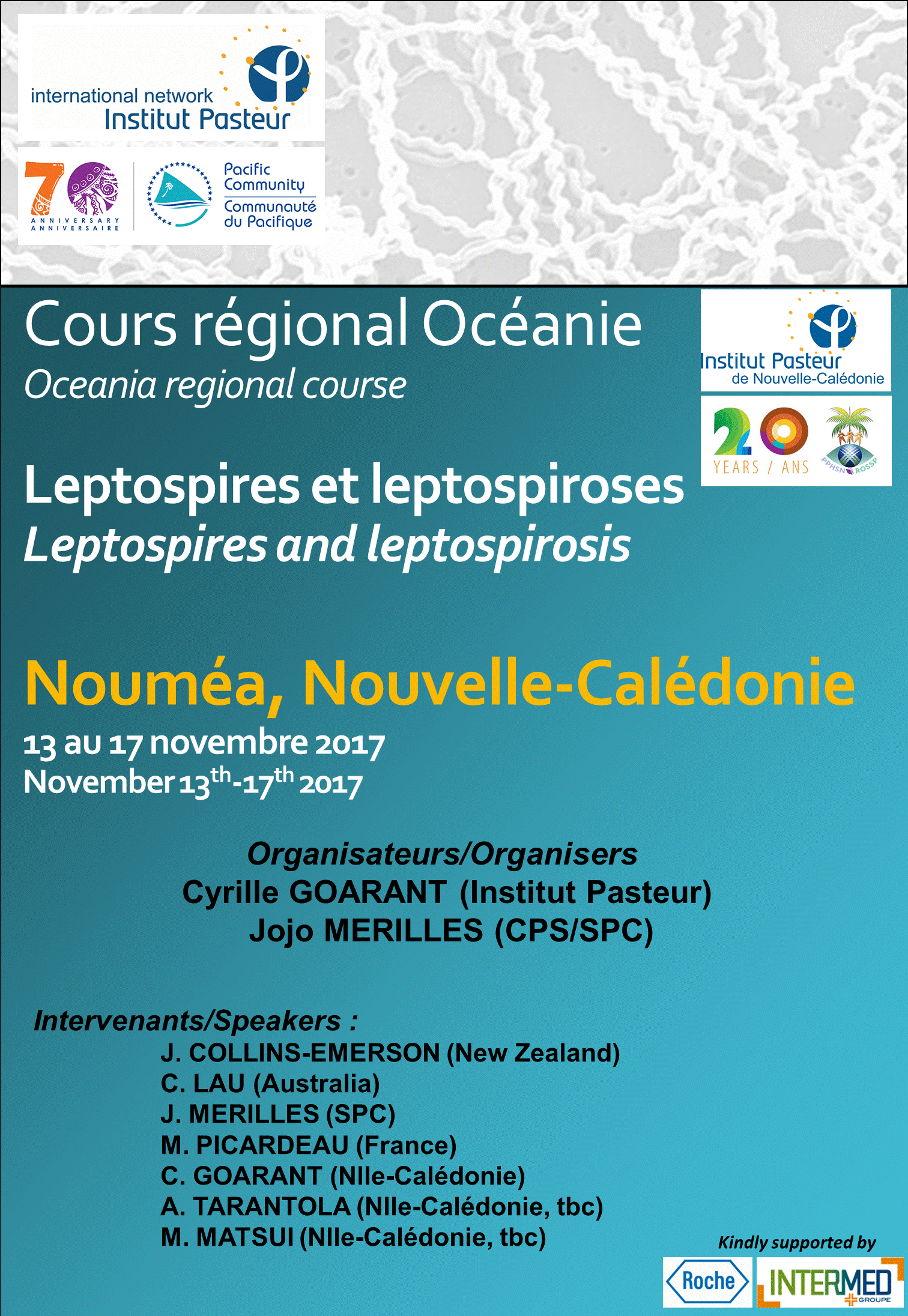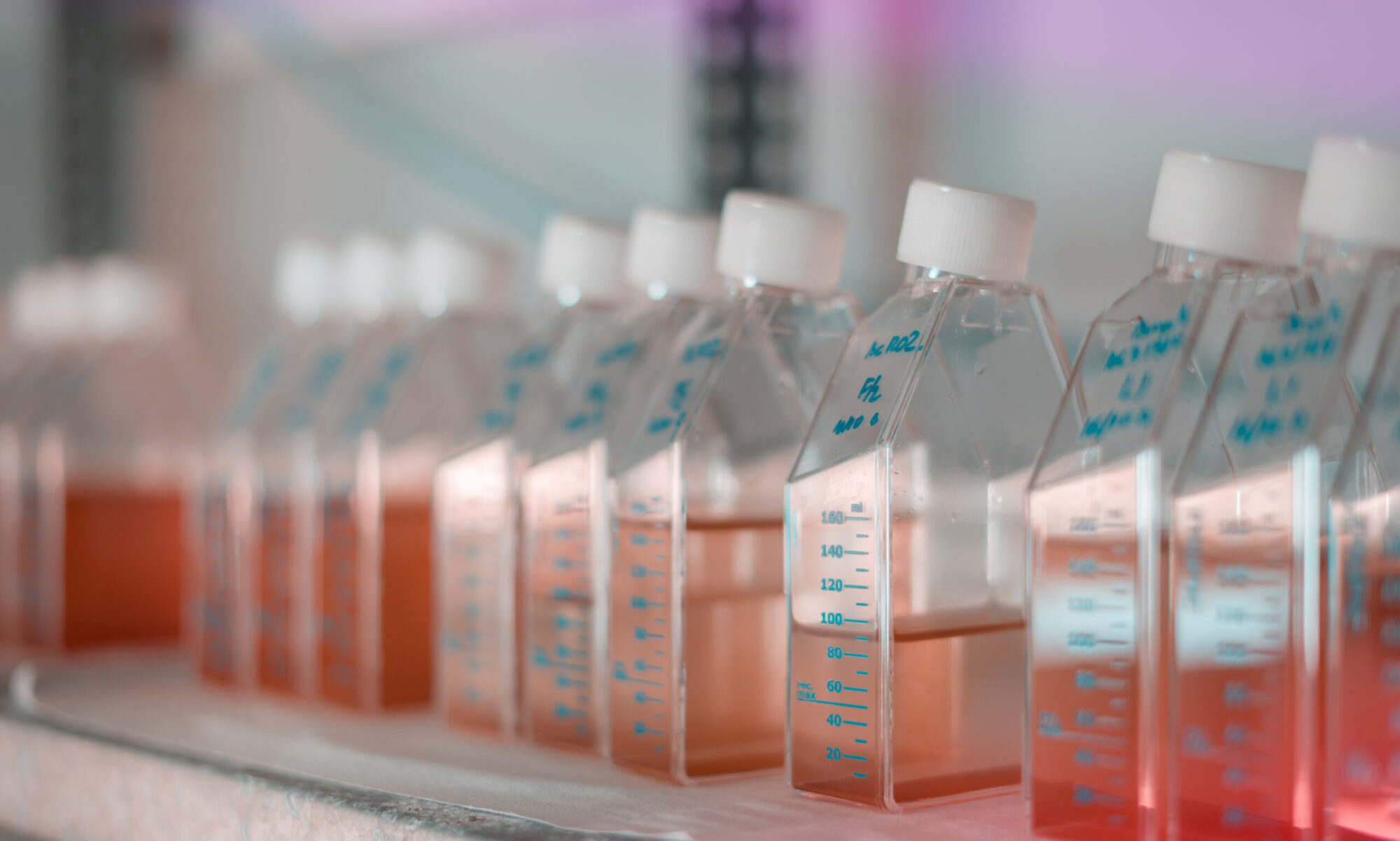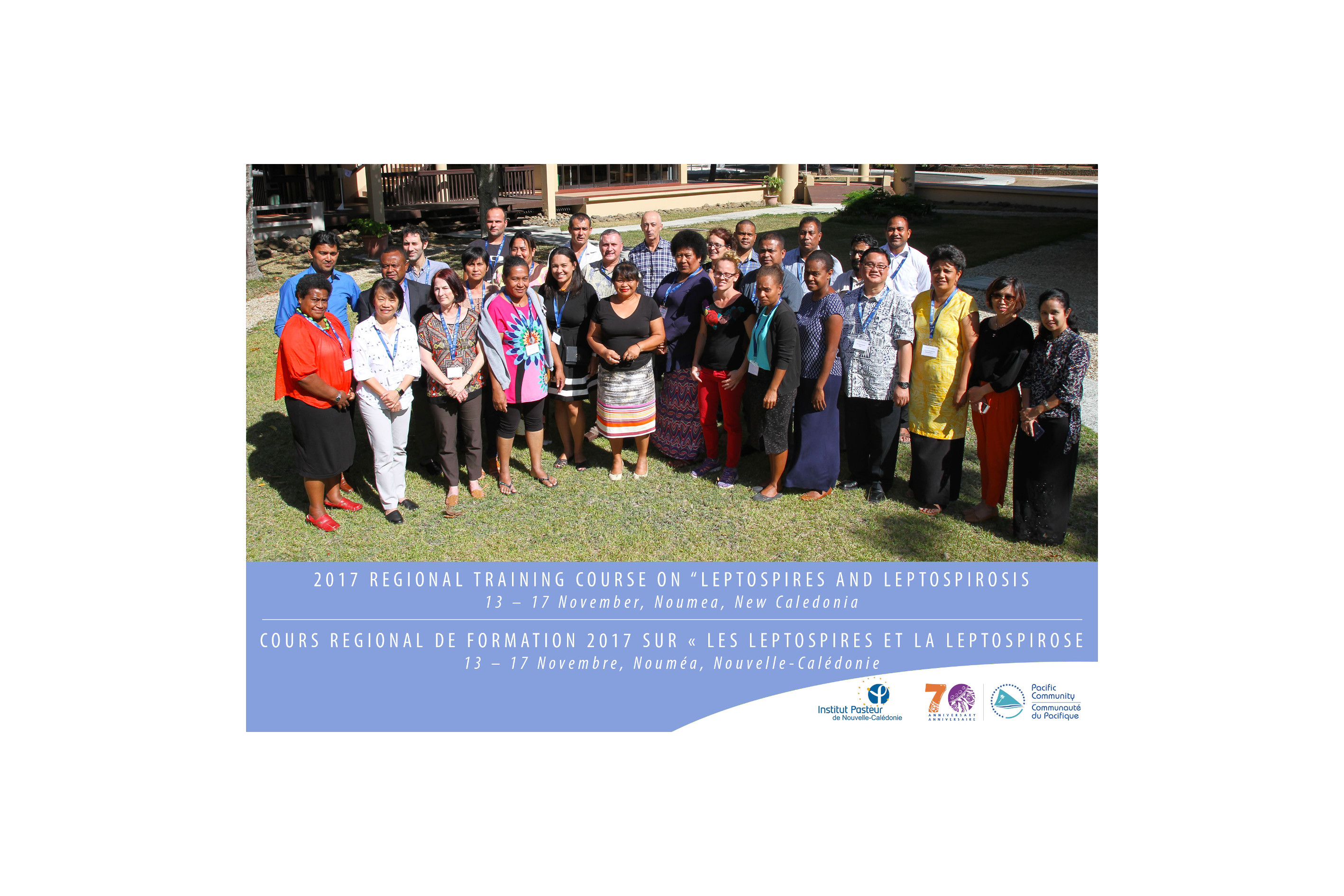|
Following the demonstration of the environmental survival of pathogenic leptospires at sites of human contamination in New Caledonia, isolation of Leptospira were undertaken.
Infectious strains were not re-isolated from the environment, but a large number of isolates were obtained. Difficulties of identification (MALDI-TOF, 16S rRNA sequencing) led us to suspect novel species and to undertake the sequencing of their complete genome.
|
| More than 100 environmental isolates have been obtained. The first 26 strains for which the complete genome was sequenced showed the presence of 12 novel species: 3 in the pathogen cluster, 5 intermediates and 4 saprophytes.
Strains of the pathogen cluster were unable to cause acute infection in hamsters or renal carriage in mice.
A detailed comparison of core genomes and accessory genomes supports the hypothesis of a polyphyletic group of leptospires with low virulence within the pathogen cluster. This result suggests, in terms of evolution, that virulence was acquired independently in the pathogen and intermediate clusters.
Preliminary results from other isolates suggest other new species.
|
| Vincent AT, Schiettekatte O, Goarant C, Neela VK, Bernet E, Thibeaux R, Ismail N, Mohd Khalid MK, Amran F, Masuzawa T, Nakao R, Amara Khorba A, Bourhy P, Veyrier FJ, Picardeau M, 2019. Revisiting the taxonomy and evolution of pathogenicity of the genus Leptospira through the prism of genomics. PLoS Negl Trop Dis 13: e0007270.
Thibeaux R, Iraola G, Ferrés I, Bierque E, Girault D, Soupé-Gilbert ME, Picardeau M, Goarant C, 2018. Deciphering the unexplored Leptospira diversity from soils uncovers genomic evolution to virulence. Microbial Genomics 4: 000144.
Thibeaux R, Girault D, Bierque E, Soupé-Gilbert ME, Rettinger A, Douyere A, Meyer M, Iraola G, Picardeau M, Goarant C, 2018. Biodiversity of environmental Leptospira: improving identification and revisiting the diagnosis. Front. Microbiol. 9: 816.
Thibeaux R, Iraola G, Ferrés I, Bierque E, Girault D, Soupé-Gilbert ME, Picardeau M, Goarant C. Of soils, Leptospira and humans. Présentation orale à la conférence de l’ILS, Palmerston North, NZ, November 2017.
|
 Regional course about Leptospirosis
Regional course about Leptospirosis

